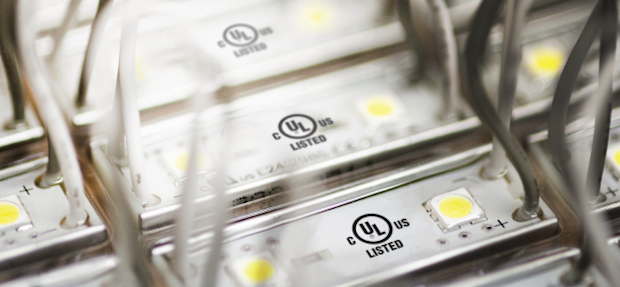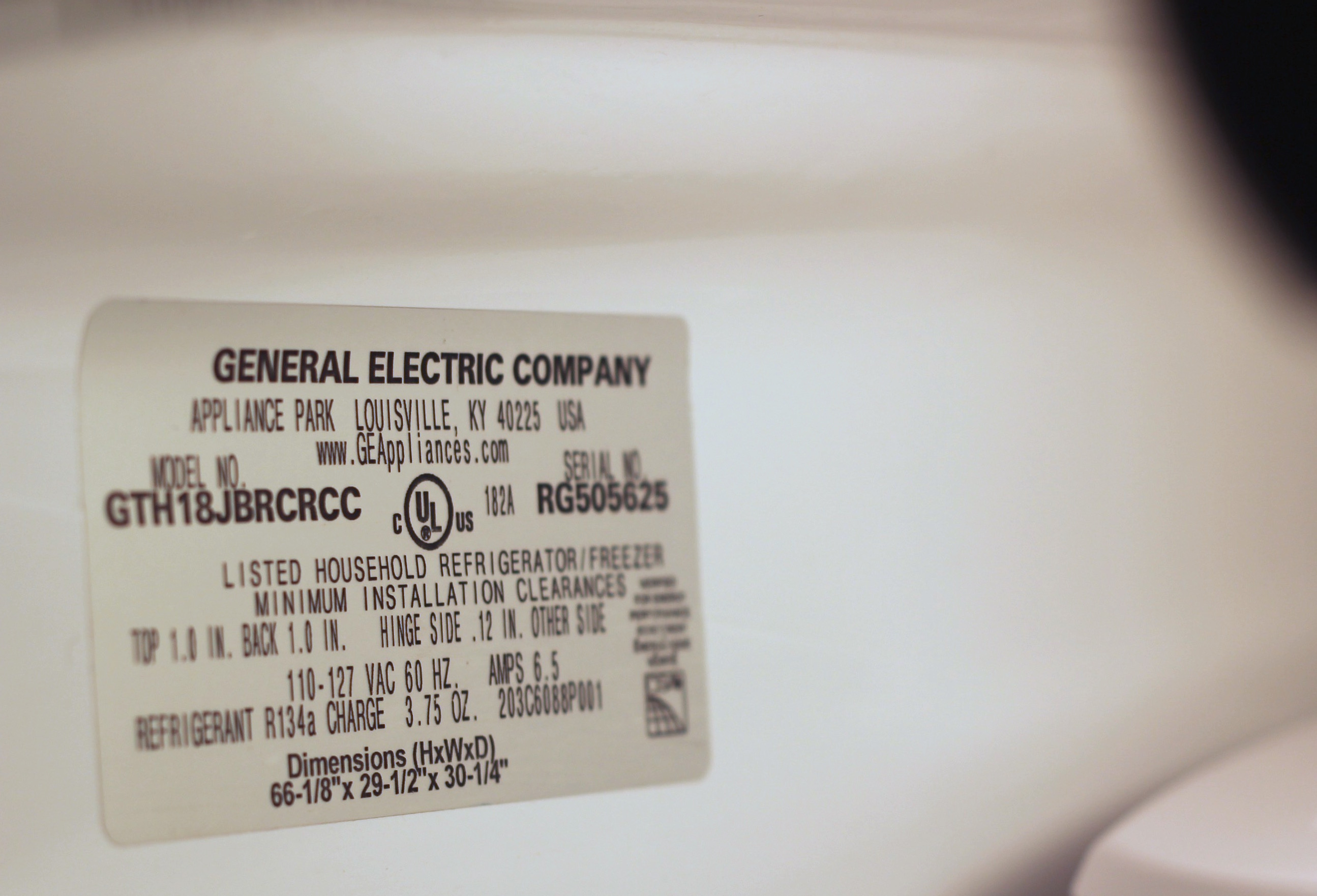If you are currently following a ketogenic diet, also called keto, then you have probably…

The Importance of UL Certification
[note: This article was co-written by Tom Johnson]
Once upon a time, in an unnamed city, an unnamed coffee company opened a new cafe. They had exotic tastes in espresso machines, and had purchased a beautiful, completely unheard-of model directly from a boutique European manufacturer. The crate was opened with care, the machine lifted onto the counter, and the whole staff gathered around to admire it.
“Hey,” said a bright, young barista. “That machine doesn’t have a UL sticker on it.”
And in that angst-filled moment, the manager of the new cafe suddenly got very curious about UL. Could the machine be installed? Was it legal? Was it safe? And what, just exactly, was UL?
Underwriters’ Laboratory, or UL, was founded in 1894, as an organization devoted to safety. As the name infers, insurance industry underwriters needed a better way to evaluate relative electrical and overall safety of electrical systems and many other things since. They banded together to develop lab to conduct safety evaluation and develop safety standards.
Today, UL has two separate roles, one is that of a Standards Development Organization (SDO) for American National Standards Institute (ANSI), and the other is ANSI performance certification lab to which manufacturers can turn to have their products tested to applicable ANSI UL standardized test methods. Their first certified product was a tin-clad fire-proof door. Over the past 120 years, they have certified most of the major emergent consumer technologies in the United States, from blenders to e-bikes. They are currently a privately-held, for-profit LLC, having changed from a nonprofit in 2012.
This brings up an interesting corollary about what UL is not: It is not an “agency;” it does not pass laws; and it is not in any way part of the government. It does, however, carry a level of authority that one generally sees from government regulations. So, how does it work? The method here is the performance certification test “standard.” UL, and its counterpart for sanitation, the National Sanitation Foundation International (NSF), will research what it would take to make something safe, and the they’ll publish that as a standard that manufacturers can meet.
For instance, UL states that if you have a high-voltage electric heating element, you must have a thermal cutoff. That cutoff will stop delivering power to the element if temperatures get too hot. And that thermal cutoff switch cannot be part of the machine’s main brain, because it needs to work even if the brain is fried. This clause, and hundreds of others, are then collected into a standard. UL standard number 197, for instance, covers commercial cooking appliances, and includes espresso machines and coffee brewers.
If a manufacturer wants their product to be certified by a particular test standard, then they must meet every element of the standard and send their product in for inspection. You don’t have to use UL to inspect the UL standard, by the way; other agencies, like Intertek are ANSI accredited test labs and can also apply the ANSI UL performance certification test standard.
But why would anyone bother if UL doesn’t carry the weight of the law?
The answer is that many local governments, insurance companies, retail chains and other key stakeholders demand that any commercial appliance carry the UL sticker. UL itself may not have the power of law, but when statutory or administrative rules have normative references — meaning they are treated as a part of the code — to ANSI UL Standards, they might as well be law, as you cannot get an insurance policy on your shop unless all the appliances are “listed” and installed pursuant to the manufacturers’ instructions.
This still doesn’t mean that you’ll always find a sticker on every device in every cafe. Sometimes industrial equipment is inspected for safety by the local inspectors, as is often the case with cafe roasters. Some people are also just getting away with it, as not every local health inspector will even look for the UL or NSF mark.
Getting back to our intrepid cafe manager above: That machine can be installed, but you will want to first speak to your insurance company to be sure your coverage is not voided by installing an unlisted piece of equipment. If you get a rider and are covered, you may still get in hot water with one of the various inspectors who are going to have to sign off on the new cafe. The landlord’s insurance might want to have a say as well.
Finally, perhaps most importantly of all, the manager should care because the standards are there to protect the staff and the customers. They represent the best thinking in the world about how to protect the humans from their creations. As responsible members of our industry, we should always encourage safety in machine design and construction. Remember, your customers trust you, so if you are going to install something without the UL mark, make sure they know what that means. After all, you’re the one who will have to open the case and repair it someday.
[Editor’s note: This story is appearing as part of an unpaid editorial collaboration between DCN and the Coffee Technicians Guild. It was originally published in the CTG blog and is republished here with permission. The Coffee Technicians Guild (CTG) is an official trade guild of the Specialty Coffee Association (SCA) dedicated to supporting the coffee industry through the development of professional technicians.]
Arno Holschuh
Arno Holschuh is the COO of Bellwether Coffee, which supplies production solutions for retail through their ventless, electric coffee roaster and innovative green coffee marketplace.








